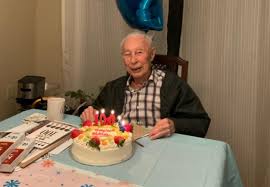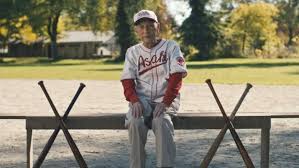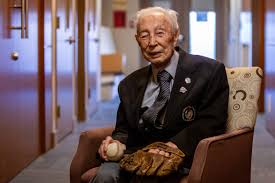Kaye Kaminishi A Beacon of Resilience and Unity Through Baseball
- NiseiEcho

- Jul 23
- 3 min read
Kaye Kaminishi's life story serves as a powerful testament to resilience, community, and the unifying spirit of sports. Born on January 11, 1922, in Vancouver, Kaminishi's journey through racial and economic discrimination highlights not only the challenges he faced, but also the lasting impact he made on those around him through the game of baseball.
Early Life and Introduction to Baseball
Kaye Kaminishi entered a world filled with challenges for Japanese Canadians. At the age of eleven, he was sent to Japan for schooling. During this time, he discovered baseball, a game that would play a vital role in his life. After returning to Canada in 1933, he dove into the local baseball scene, joining the Vancouver Buddhist Church League at just thirteen years old.
By 1939, his talent caught the eye of the Vancouver Asahi baseball team. As a rookie and third baseman, he quickly established himself among legends. The Asahi team was renowned for their unique strategy known as “brain ball,” where finesse and intelligence on the field triumphed over sheer power.
The Vancouver Asahi: More Than Just a Team
The Vancouver Asahi represented a lifeline for the Japanese Canadian community during a period of severe discrimination. As the only non-Caucasian team competing at a near-professional level in the Pacific Northwest, the Asahi inspired hope and unity among fans and fellow players. They won the Terminal League three times in a row from 1935 to 1937, showcasing their exceptional skills and the bond they shared in facing societal challenges.
Kaminishi later shared his reflections on the team’s significance. The Asahi became legends, revered for excelling in the face of prejudice. As the youngest member of the team, he earned the nickname “the Vacuum Cleaner” for his incredible fielding abilities—this title became a badge of honor, symbolizing his determination and talent.
The Shadow of War and Internment Camps
World War II cast a long shadow over Canada, particularly impacting Japanese Canadians. In 1942, over 22,000 individuals were forcibly removed from the west coast of British Columbia, including Kaye and his mother, who were sent to an internment camp in East Lillooet. Rather than despair, Kaye turned to baseball as a way to uplift spirits within the camp.
In East Lillooet, Kaye organized a softball team among fellow residents. He worked to bridge the gap between the interned Japanese Canadians and the local Lillooet community through friendly games. Kaye even arranged exhibition matches with local RCMP officers, demonstrating how sports can connect people during times of division. His actions fostered camaraderie, lifting spirits in an oppressive environment.
Sports as a Unifying Force
Kaminishi’s experience demonstrates how sports can break down barriers and engage diverse communities. In East Lillooet, baseball became a platform for dialogue and understanding. Kaye’s initiatives inspired others, showing how sportsmanship can unite different groups, even amidst adversity.
Through local games, Kaye helped challenge stereotypes and build mutual respect. His leadership during this time highlighted a key truth: the love for baseball can pave the way for unity and acceptance. Kaye’s legacy teaches that sports can be more than just entertainment; they can be a vital force for social change.
Legacy and Inspiration
Kaye Kaminishi’s contributions to baseball and the community extend far beyond the diamond. The Vancouver Asahi's legacy continues to inspire countless athletes and individuals striving to overcome adversity. Kaye’s journey stands as a powerful reminder of the importance of resilience in facing discrimination.
In today’s world, where issues of equality are still prevalent, Kaye's life illustrates that everyone has the potential to foster empathy through shared passions. His ability to connect people through baseball underscores the role of community engagement and the power of sports as a catalyst for change.
A Tribute to Resilience and Unity
Kaye Kaminishi exemplifies the enduring spirit of resilience against discrimination. He embodied the belief that sports can unite people regardless of their background. Through baseball, he navigated personal and societal obstacles and emerged as an inspiring role model for generations to come.
As we reflect on Kaye’s life, we recognize the broader implications of his journey. His legacy embodies not only individual triumph but also collective strength and solidarity. In our continuing fight against issues of race and equality, Kaye's story is a powerful reminder that unity can emerge even in the toughest circumstances.
Let us honor Kaye Kaminishi’s contributions, recognizing his impact on baseball and the timeless values of resilience, community, and understanding that resonate in our society today.








Comments